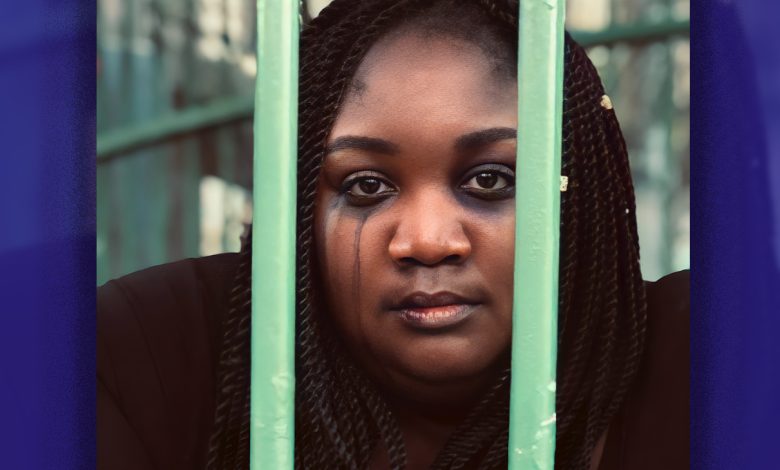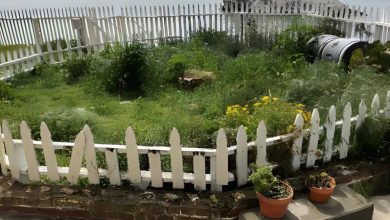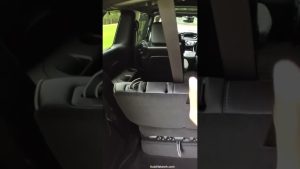The Case Against SB357: Black, Vulnerable and Trafficked

By Daisha Williams
Post News Group Intern
W. Kamau Bell, a talented Black comedian, writer, and filmmaker, visited Oakland School for the Arts on Thursday April 27. His Q & A with students from various pathways was intended to inspire them as well as show them the many brave, innovative things they can achieve with their art.
The host of the CNN show “United Shades of America,” was born in 1973 in Palo Alto, raised in Boston, and Chicago and attended the University of Pennsylvania before dropping out.
Returning to California, he established himself as a comedian, doing small shows in bars. He says that one of his biggest inspirations early on was Dick Gregory.
(Gregory was a popular comedian during the 1950s and ‘60s who later stopped comedy and pursued activism more heavily.)
Since then, he’s been very busy: It’s amazing how much Bell has achieved as a Black man in America.
Since his start, Bell has done countless things with his career, from comedy specials to a recent documentary about the lives of mixed-race kids in the Bay Area and even writing an autobiography in 2017 called “The Awkward Thoughts of W. Kamau Bell: Tales of a 6’4, African American, Heterosexual, Cisgender, Left-Leaning, Asthmatic, Black and Proud Blerd, Mama’s Boy, Dad, and Stand-Up Comedian.”
According to Wikipedia, he released his first album in 2007 and in 2012 the S.F. Weekly and the San Francisco Bay Guardian newspapers both named him San Francisco’s best comedian.
When asked by OSA students if he thinks it’d have been easier for him to get where he is today if he was a white man he responded, “America is set up for white men. I can’t say what that would’ve meant for my career. . . But certainly, there are examples of people around me where white men have gotten through the door where we were like “that guy’s not even that [funny].”
He talked about his show several times during the Q & A, including one particularly shocking and risky episode when he visited the Ku Klux Klan in 2016. He was able to do something that no one had done before, at least on television. But still, if he could go back, he definitely wouldn’t do it the same way.
He said he felt extremely unsafe in that situation, made worse by the fact that the majority of his staff was white. This experience is what led him to demand having more Black and Brown people on the staff: He would’ve left the show if that accommodation wasn’t made.
The episode with the KKK wasn’t the only circumstance of Bell talking to racists. When asked how he handles these situations he revealed a variety of methods. Bell says he resists the urge to argue, saying that sometimes in an interview the best thing you can do is to just let them talk.
It’s hard, he admits, and that sometimes he shuts down, can’t let himself take in what is being said. This is why he needs to have people on set with him who can firsthand experience the weight of what he is experiencing.
Some might wonder why Bell puts himself through this. However, the answer is simple, he wants to use art as a way to make the world more aware of the Black experience, of the trials and triumphs of a group of people that have been unsung.
Bell says that every time he begins a new project, he asks himself, “Is this the project that dismantles white supremacy?”
The answer is often no, but it’s an admirable thing to strive for.
Wikipedia contributed to this report.





